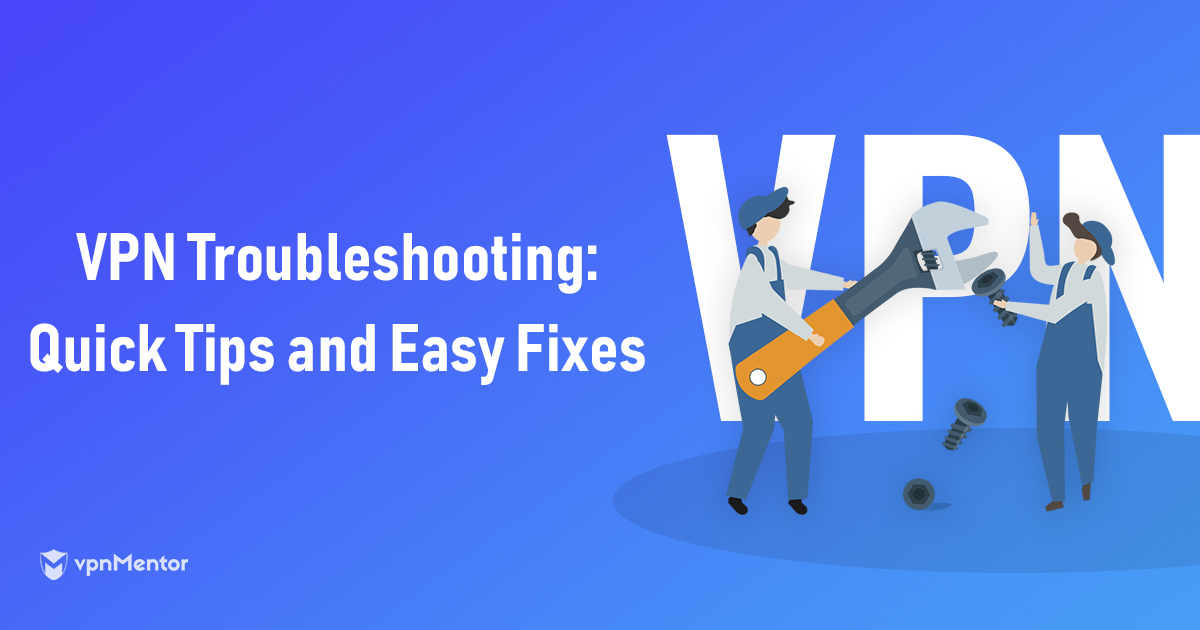Featured
Table of Contents
Vpn Tunnel Troubleshooting

The Routing and Remote Gain access to snap-in lives within the Microsoft Management Console, referred to as the MMC. There are several ways to access the MMC. You can pick the console from the Start menu's Programs alternatives, within the Administrative Tools folder within Windows server's Control Panel or by typing mmc at a command prompt.
As Tech, Republic's Brandon Vigliarolo demonstrates within his video at the start of this article, the Providers console displays the status of the Routing and Remote Access entry. From within the Solutions console and with the Routing and Remote Access entry highlighted, you can click Start the Service or right-click the entry and select Restart.
Sometimes the VPN client and VPN server are set to using different authentication techniques. Confirm whether an authentication error is the problem by opening the server console. Yet another approach of accessing the MMC is to type Control+R to open a command prompt in which you can type mmc and hit Get in or click OK.
If the entry isn't present, click File, select Add/Remove Snap-in, pick the Routing and Remote Access choice from the choices and click Add, then OK. With the Routing and Remote Gain access to snap-in added, right-click on the VPN server and click Properties. Then, evaluate the Security tab to validate the authentication technique.
5 Common Vpn Issues And Solutions To Fixing Them
Make sure the VPN customer is set to the authentication technique defined within the Security tab. Typically the products simply evaluated are responsible for most VPN connection refusal mistakes.
Each Web-based VPN connection generally utilizes 2 different IP addresses for the VPN client computer. This is the IP address that's used to develop the initial TCP/IP connection to the VPN server over the Web.

This IP address normally possesses the very same subnet as the local network and therefore enables the client to communicate with the regional network. When you set up the VPN server, you should configure a DHCP server to appoint addresses to clients, or you can develop a bank of IP addresses to designate to customers straight from the VPN server.


If this choice is chosen and the effective remote access policy is set to permit remote gain access to, the user will have the ability to attach to the VPN. I have been unable to re-create the scenario personally, I have heard rumors that a bug exists in older Windows servers that can cause the connection to be accepted even if the reliable remote gain access to policy is set to deny a user's connection.
Why Is Nordvpn Not Connecting? Fixing Vpn Issues In 2023

Another common VPN issue is that a connection is successfully developed however the remote user is unable to access the network beyond the VPN server. Without a doubt, the most typical reason for this problem is that permission hasn't been granted for the user to access the entire network. To permit a user to access the whole network, go to the Routing and Remote Gain access to console and right-click on the VPN server that's having the problem.
At the top of the IP tab is an Enable IP Routing check box. If this check box is made it possible for, VPN users will have the ability to access the rest of the network, presuming network firewall programs and security-as-a-service settings allow. If the checkbox is not chosen, these users will be able to gain access to just the VPN server, but nothing beyond.
If a user is calling directly into the VPN server, it's normally best to configure a fixed path between the client and the server. You can configure a fixed path by going to the Dial In tab of the user's homes sheet in Active Directory Users and Computers and selecting the Apply A Fixed Path check box.
Click the Add Route button and then get in the destination IP address and network mask in the space provided. The metric need to be left at 1. If you're using a DHCP server to appoint IP addresses to customers, there are a couple of other issues that could trigger users not to be able to go beyond the VPN server.
Remote Access (Vpn And Aovpn) Troubleshooting Guidance
If the DHCP server designates the user an IP address that is already in usage elsewhere on the network, Windows will discover the dispute and avoid the user from accessing the remainder of the network. Another typical problem is the user not getting an address at all. Many of the time, if the DHCP server can't designate the user an IP address, the connection won't make it this far.
254.x. x variety. If the client is assigned an address in a range that's not present within the system's routing tables, the user will be unable to browse the network beyond the VPN server. Other problems can contribute to this issue, too. Guarantee the resources the user is attempting to gain access to are really on the network to which the user is connecting.
A VPN connection to the other subnet might, in truth, be needed. A firewall or security as a service solution could also be to blame, so don't forget to review those services' settings, if such elements exist between the VPN server and the resources the user seeks to reach.
The very first possibility is that one or more of the routers included is performing IP packet filtering. I suggest examining the customer, the server and any makers in between for IP packet filters.
Latest Posts
10 Best Vpn Services Of 2023 - Top Vpns Rated By Experts
24 Best Vpn Services Available In 2023
Stay Safe On The Go With The Fastest Mobile Vpn